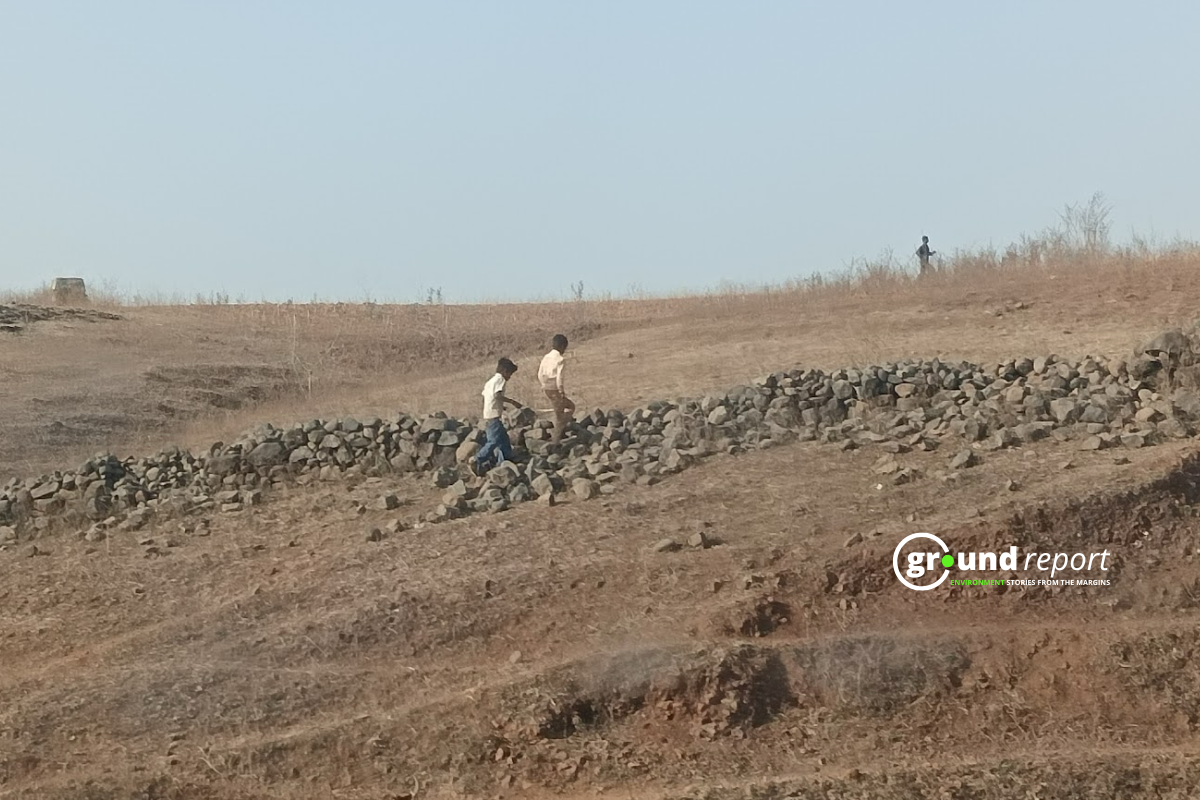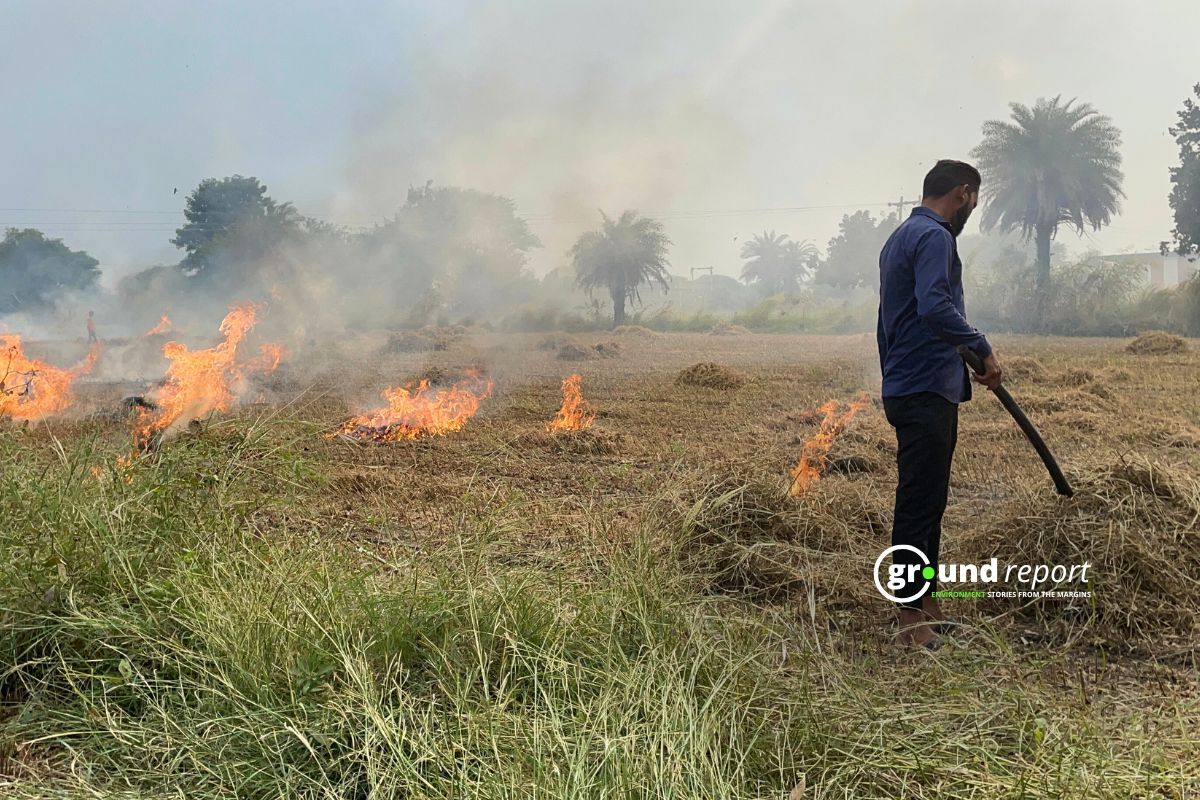In our quest for safer, more comfortable homes that withstand nature’s forces, we’ve overlooked the displaced creatures sharing our world. While we rest securely, birds around us struggle to establish nests in an increasingly hostile environment.
For 15 years, Indore’s Ritesh Khabia has documented this alarming competition among birds. His observations reveal a disturbing truth: our development initiatives—excessive tree-cutting, concrete expansion, and superficial environmental “beautification”—have made nesting nearly impossible for many bird species.
Birds adapt differently to their surroundings. Some nest in trees, others in hollow trunks, under stones, or near shallow waters. Yet human intervention increasingly disrupts these natural processes. The consequences are severe: declining bird populations, species nearing extinction, and some disappearing entirely from our ecosystem.
Indore’s Sirpur Wetland illustrates this crisis perfectly. Despite its protected Ramsar site status, this crucial breeding ground for local and migratory birds witnesses steadily diminishing numbers each year.
We often forget birds’ critical role in our ecosystem. They control insect populations and facilitate crop pollination—services without which human survival would be threatened. Our relationship with birds isn’t merely aesthetic; it’s essential for our continued existence.
While Indore residents show affection by feeding migratory birds sev gatthiya (a local snack), this well-intentioned gesture actually harms these creatures by disrupting their natural feeding patterns and creating dependency.
Government conservation efforts, though well-meaning, frequently prioritise superficial beautification over scientifically sound approaches that address birds’ actual needs.
The path forward requires education and connection. We must teach ourselves and our children about different bird species, their nesting behaviours, and natural habitats. This knowledge fosters appreciation and encourages protection.
Our homes and communities should incorporate biodiversity—large native trees and dedicated spaces where birds can thrive. We must recognise that Earth belongs to all living beings, each with equal claim to its resources.
By making conscious choices in development, landscaping, and daily habits, we can create an environment where humans and birds coexist harmoniously. Our future depends not on dominating nature but on becoming its thoughtful stewards.
Our current approach to development threatens more than just avian populations, as evidenced by the declining numbers of birds. It’s time we heed this warning and recalibrate our relationship with the natural world.
Every nest matters. Every species counts. Our responsibility extends beyond our own comfort to ensure that the creatures sharing our world can also build their homes and raise their young. In protecting them, we ultimately protect ourselves.
Support us to keep independent environmental journalism alive in India.
More Video Reports
Mahseer saviors struggle as conservation funds dry up
Sexed Semen: Madhya Pradesh determining calf’s gender
Biaora battles severe sanitation issues, residents demand action
Fertilizer shortage disrupts rabi sowing for Madhya Pradesh farmers
Follow Ground Report on X, Instagram and Facebook for environmental and underreported stories from the margins. Give us feedback on our email id greport2018@gmail.com.
Don’t forget to Subscribe to our weekly newsletter, Join our community on WhatsApp, and Follow our YouTube Channel for video stories









